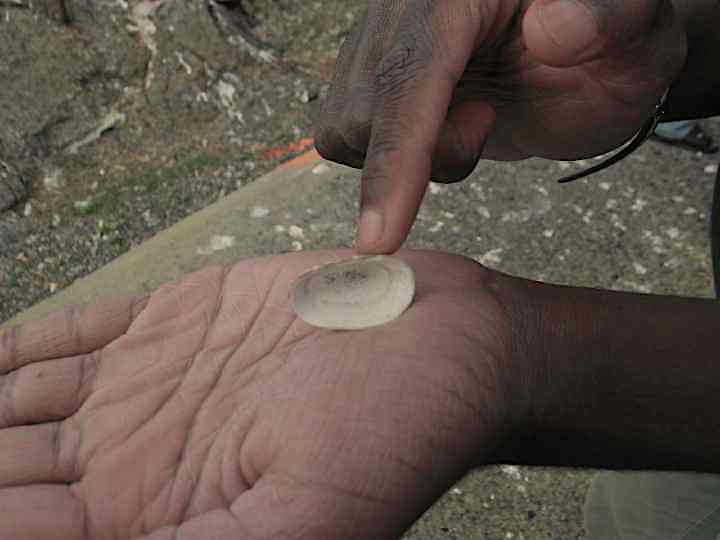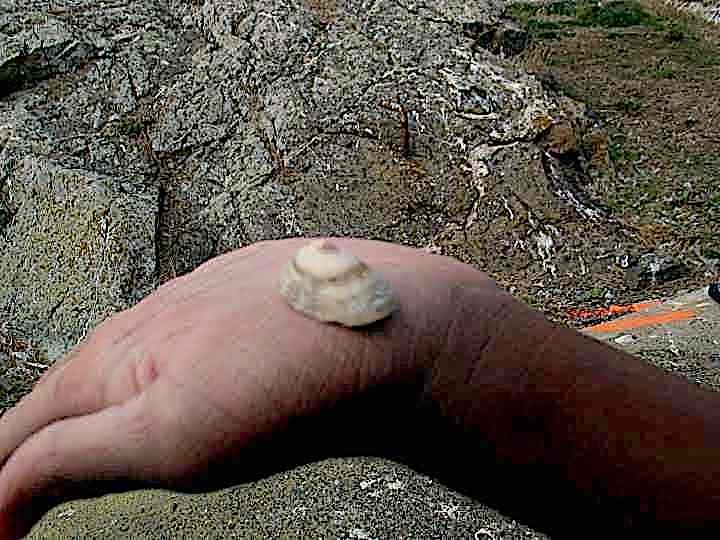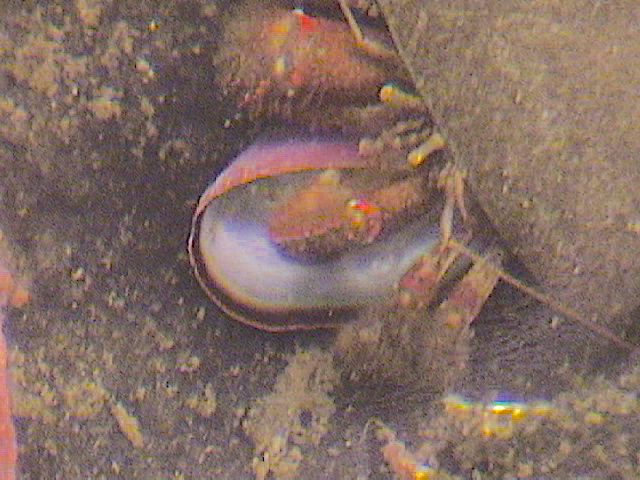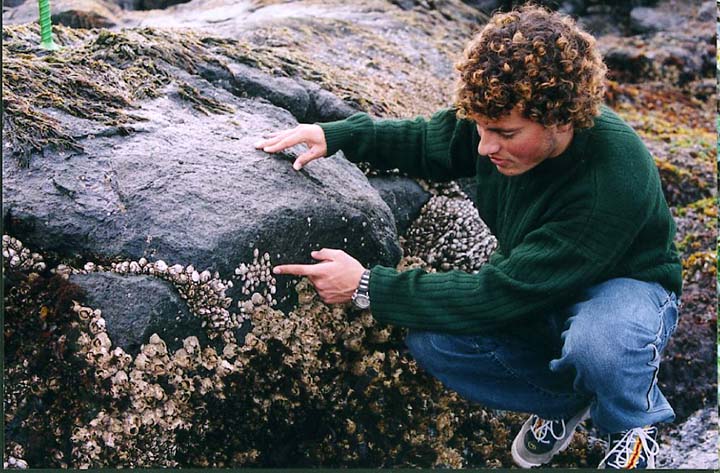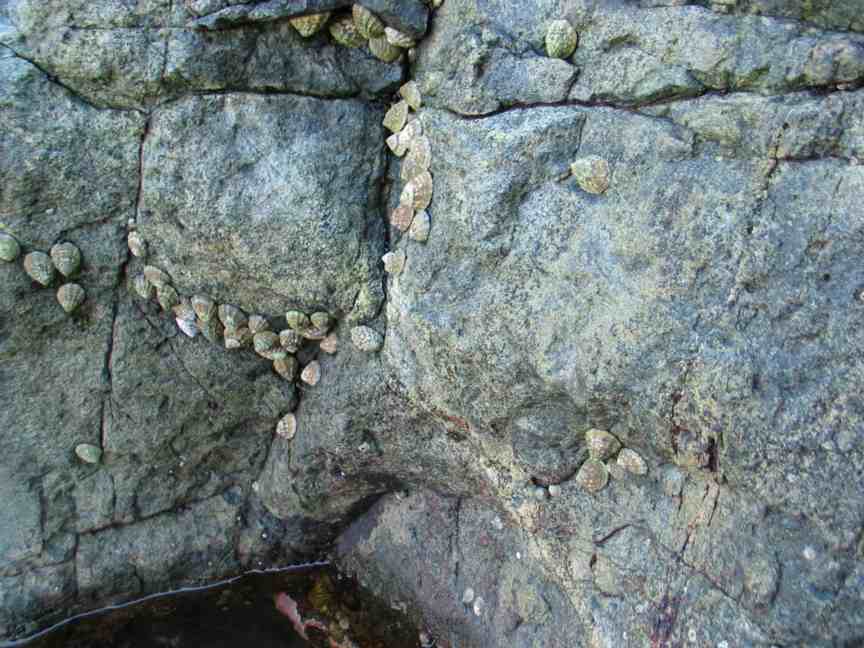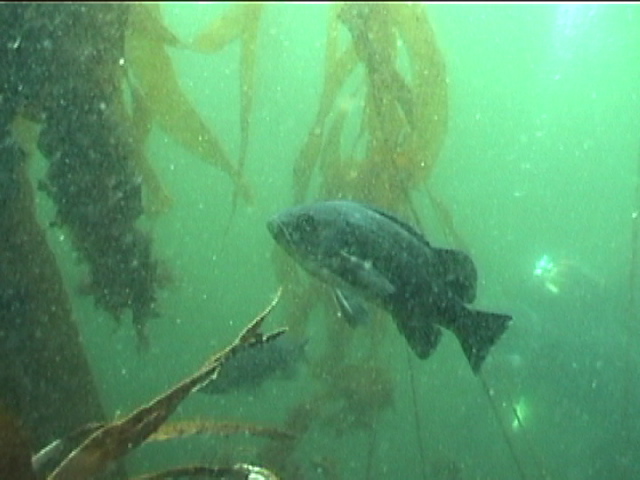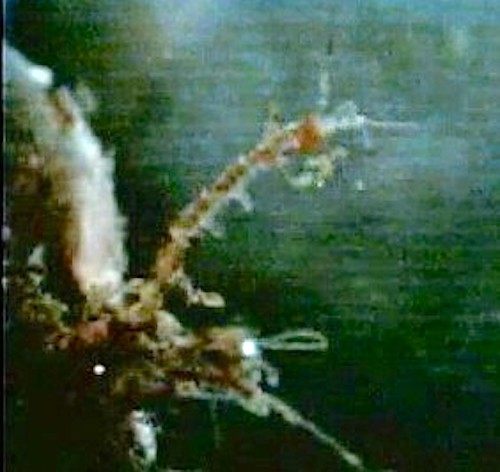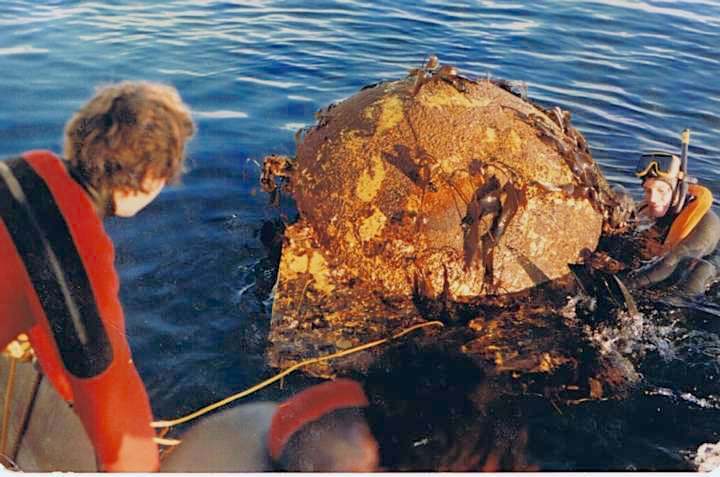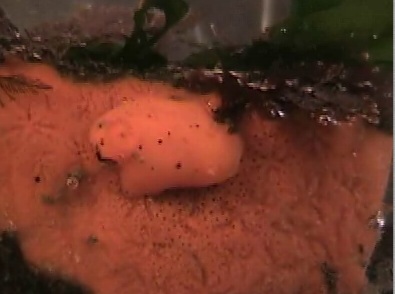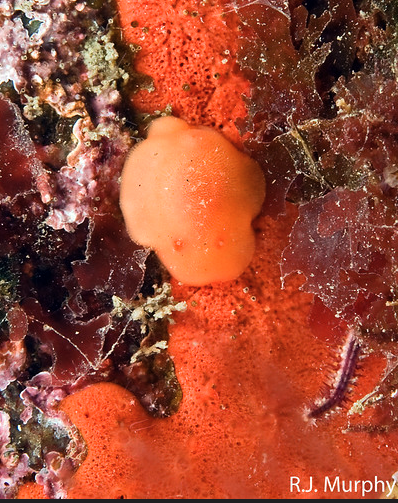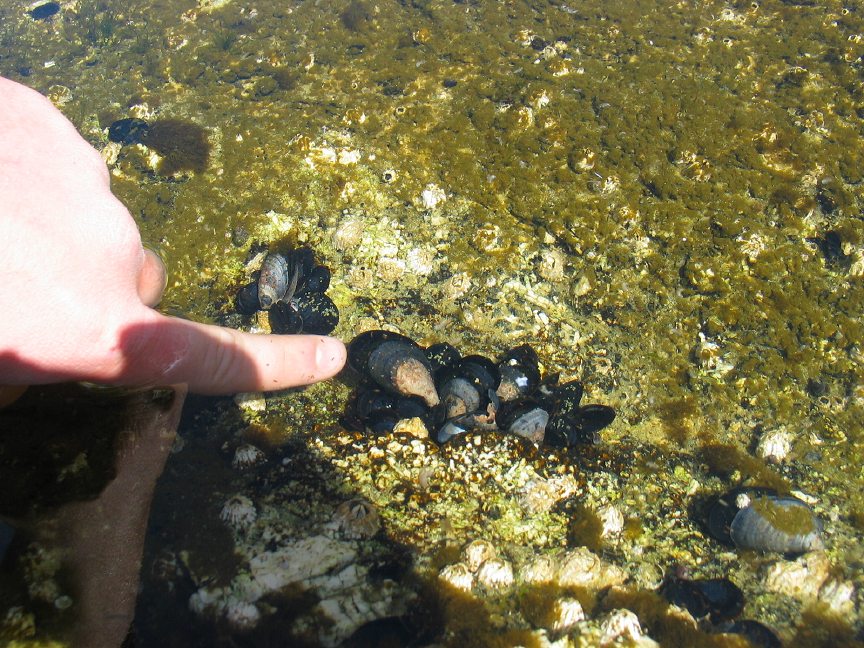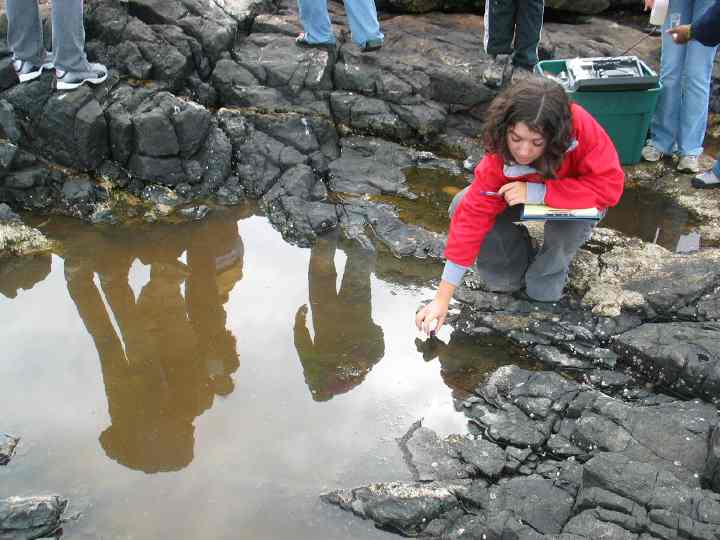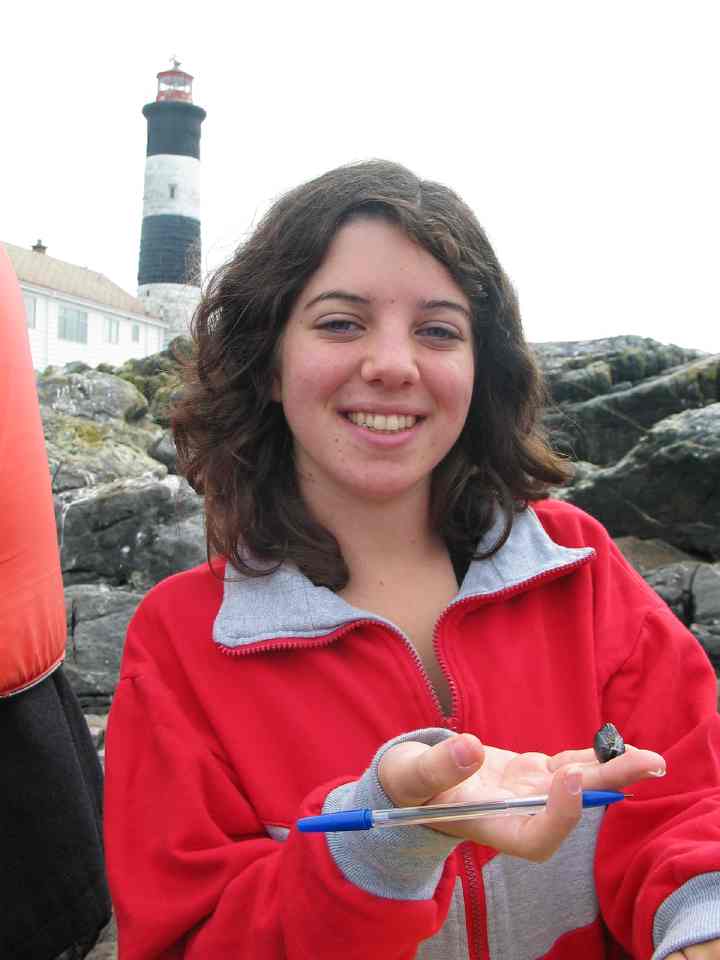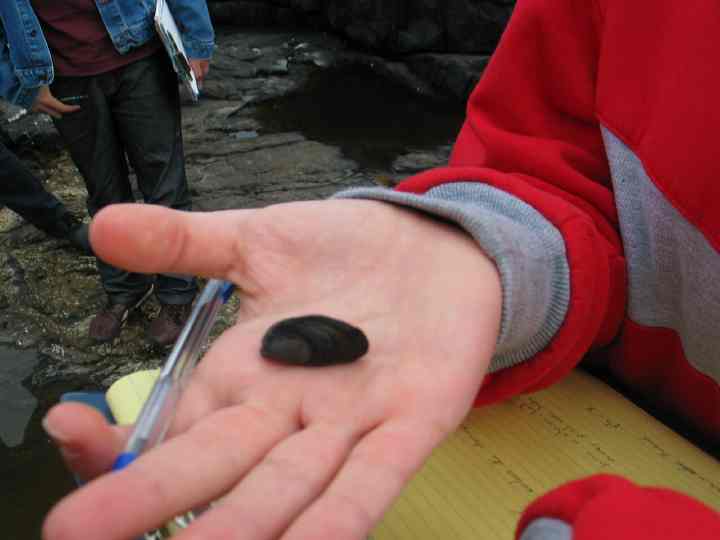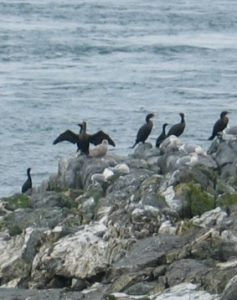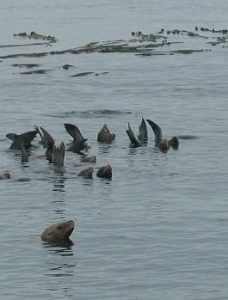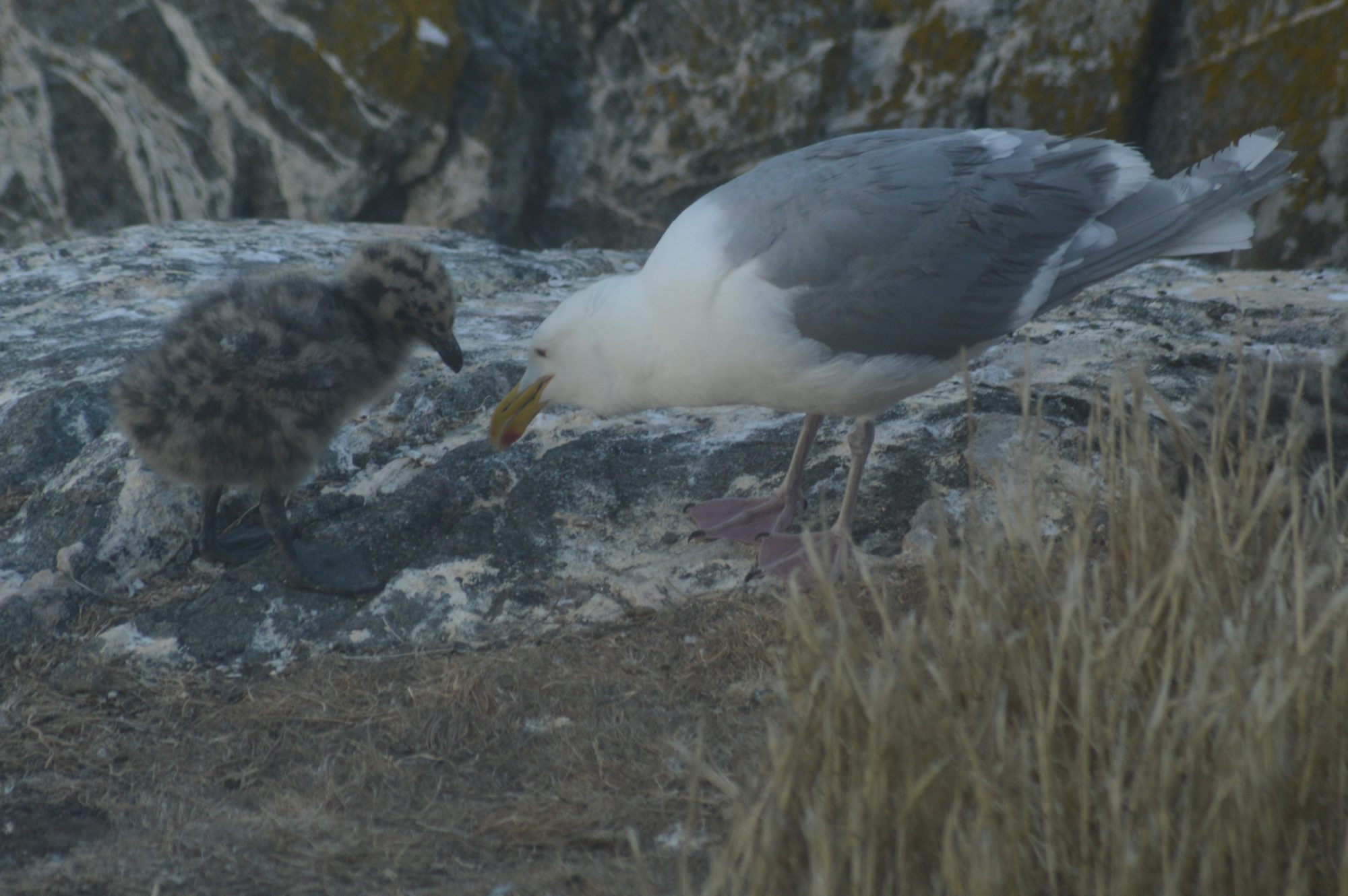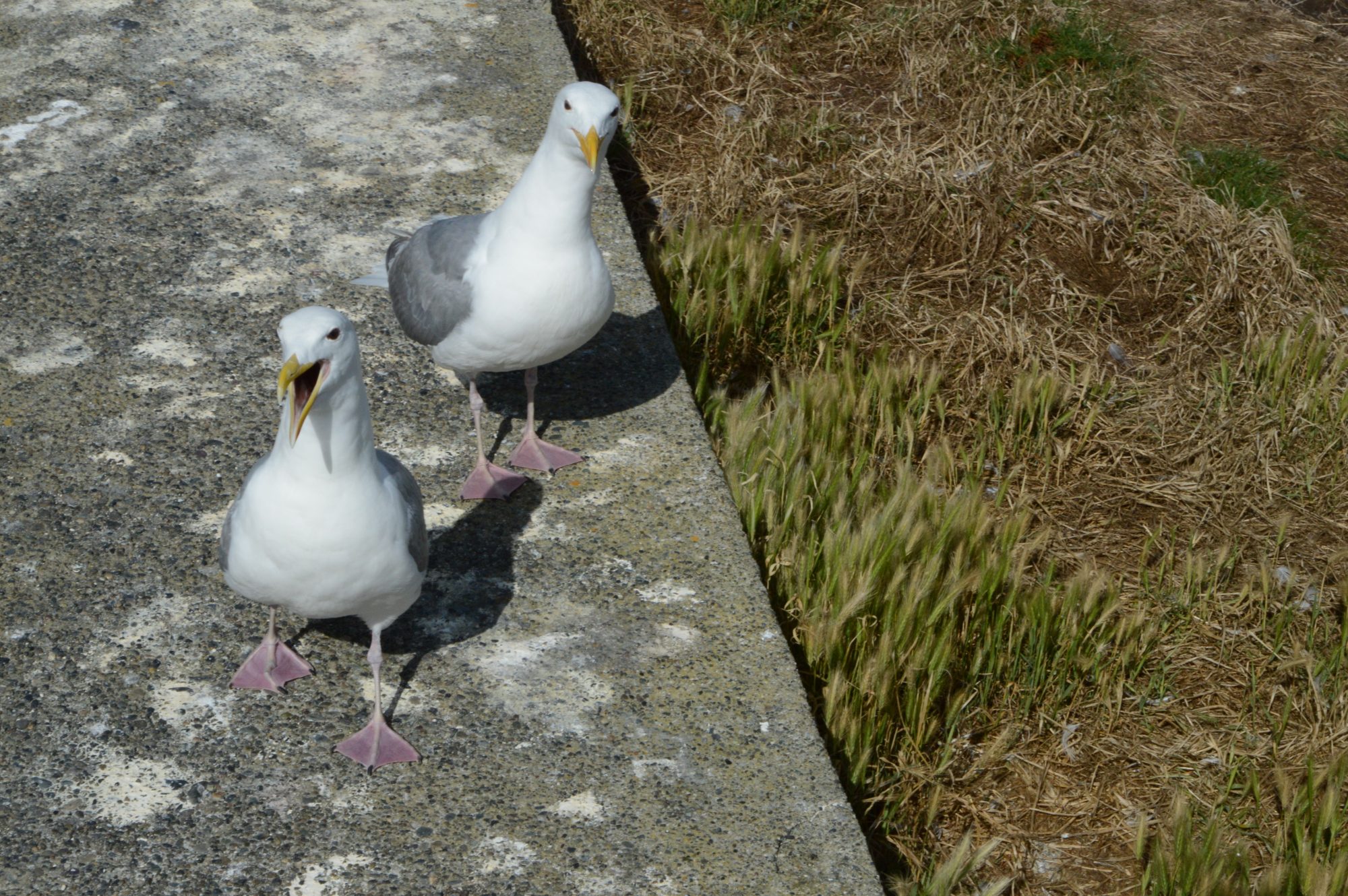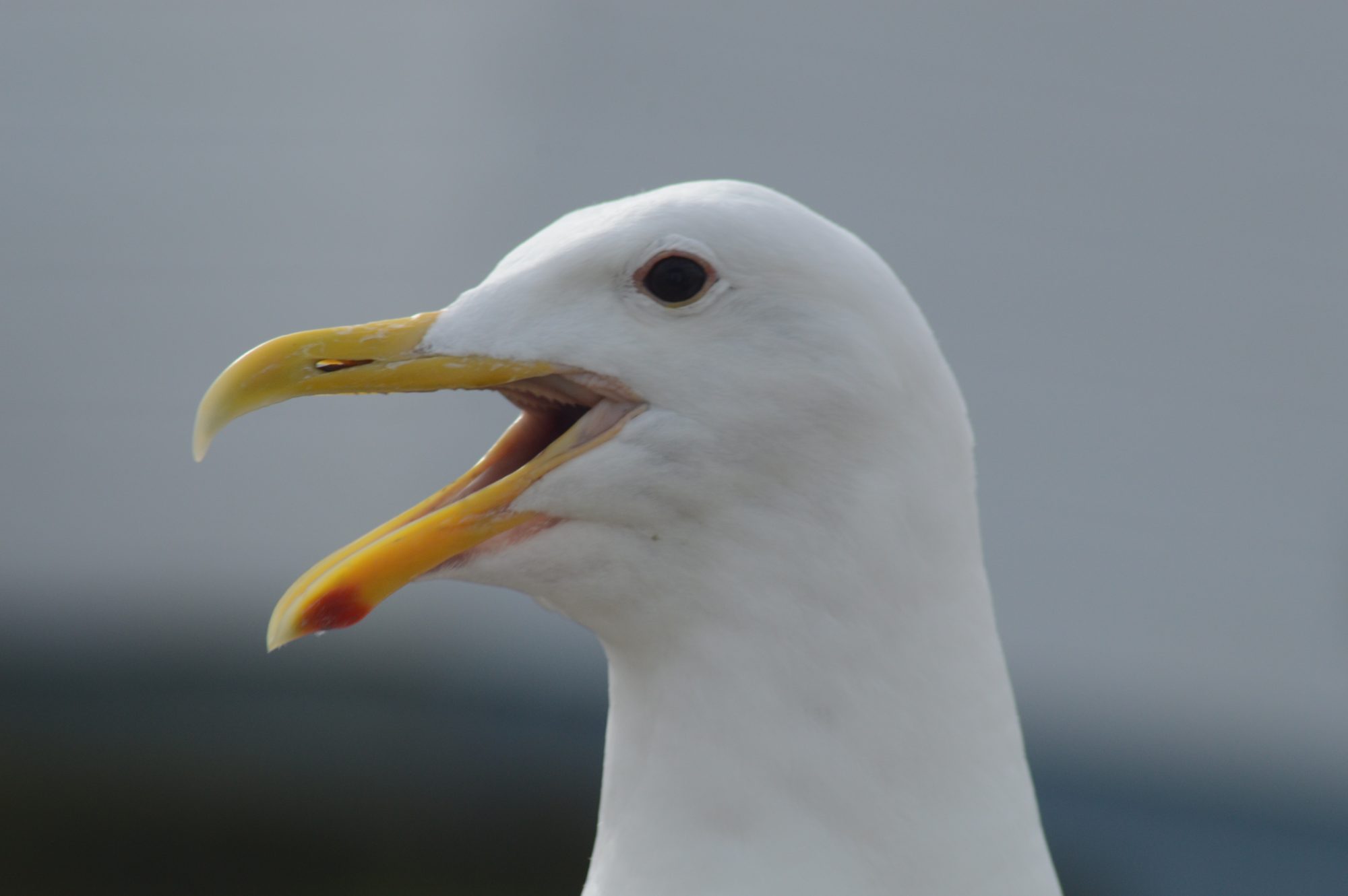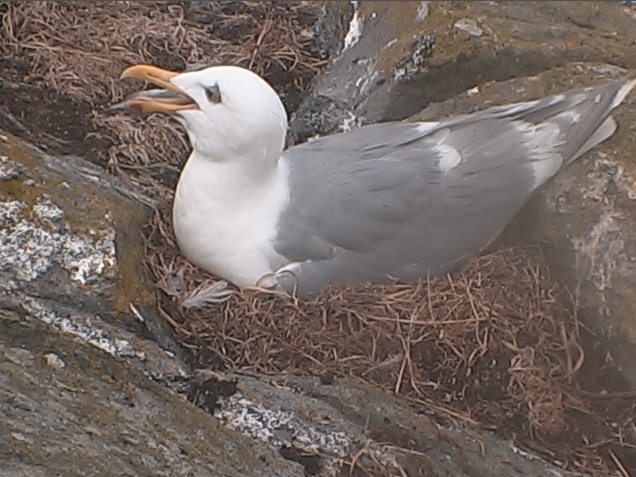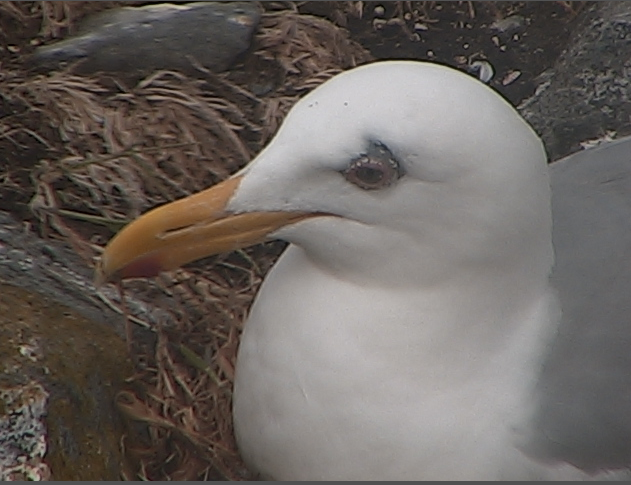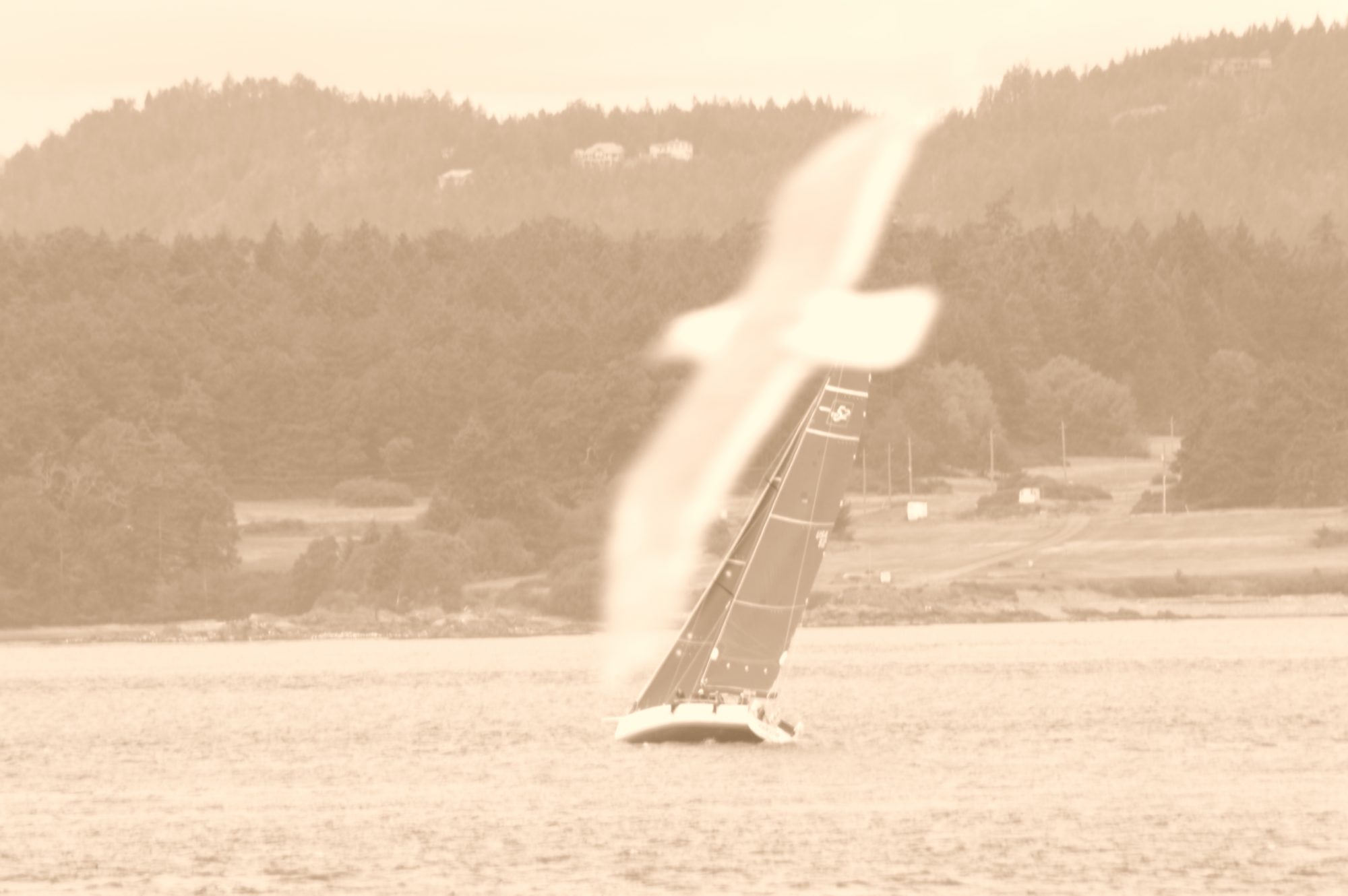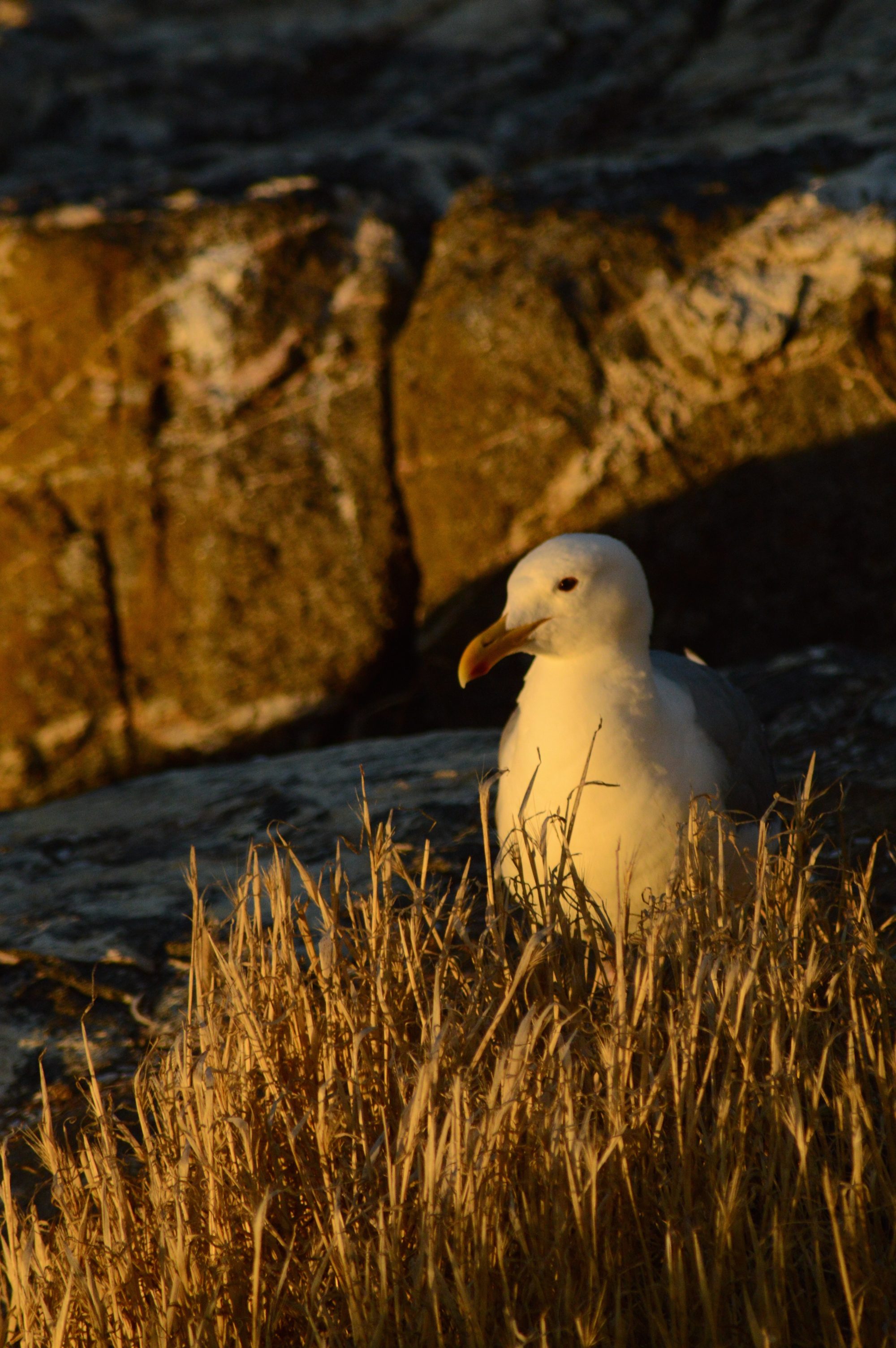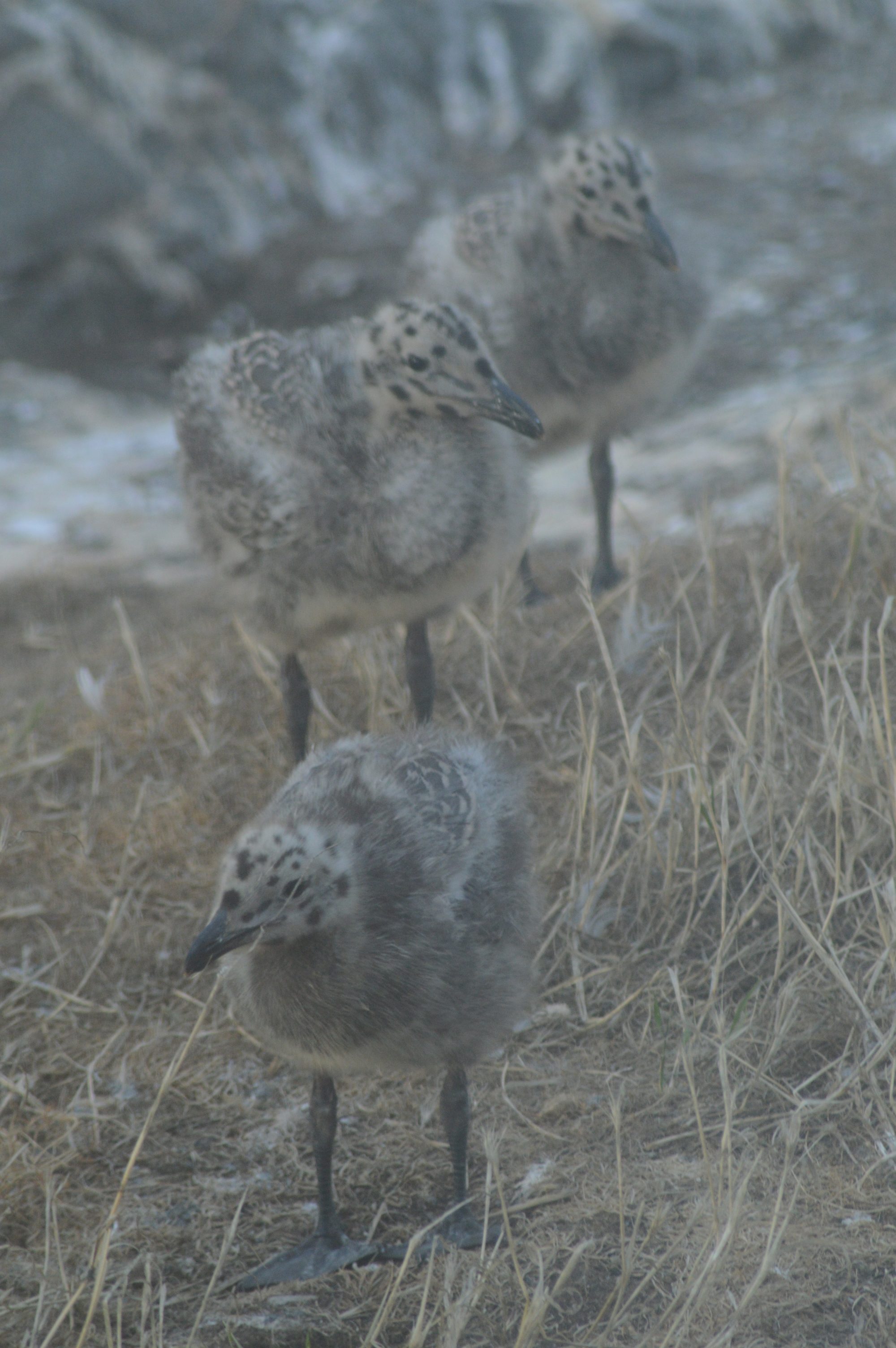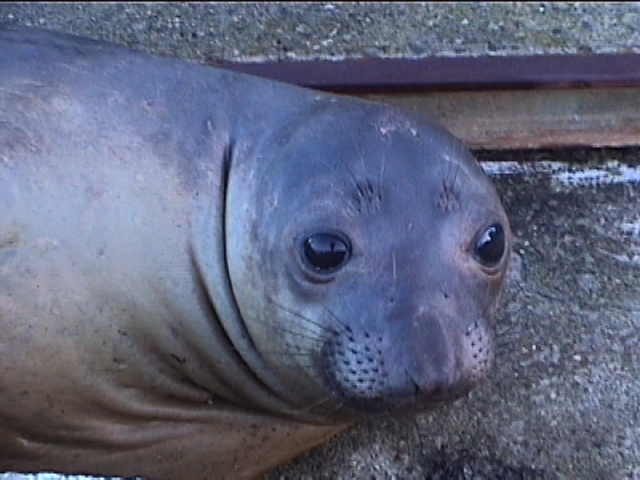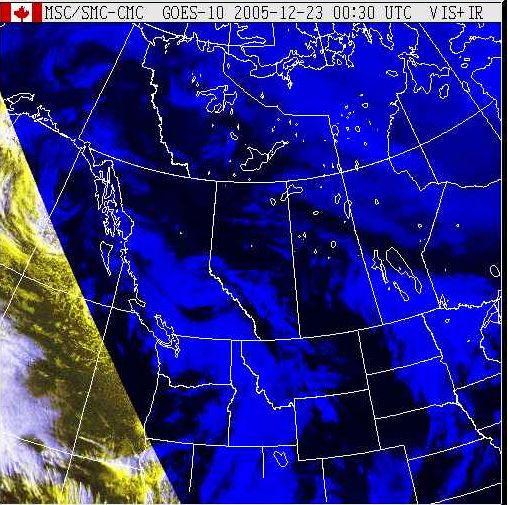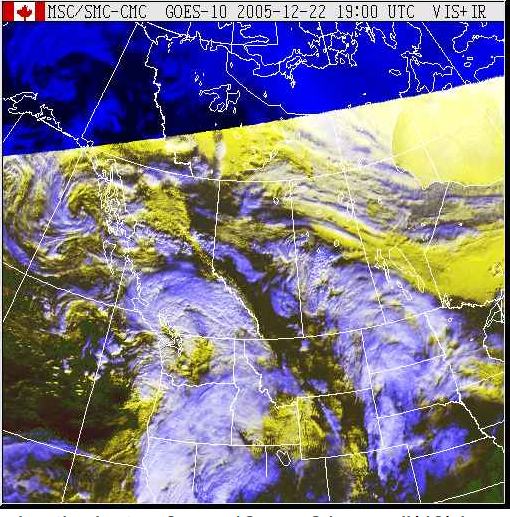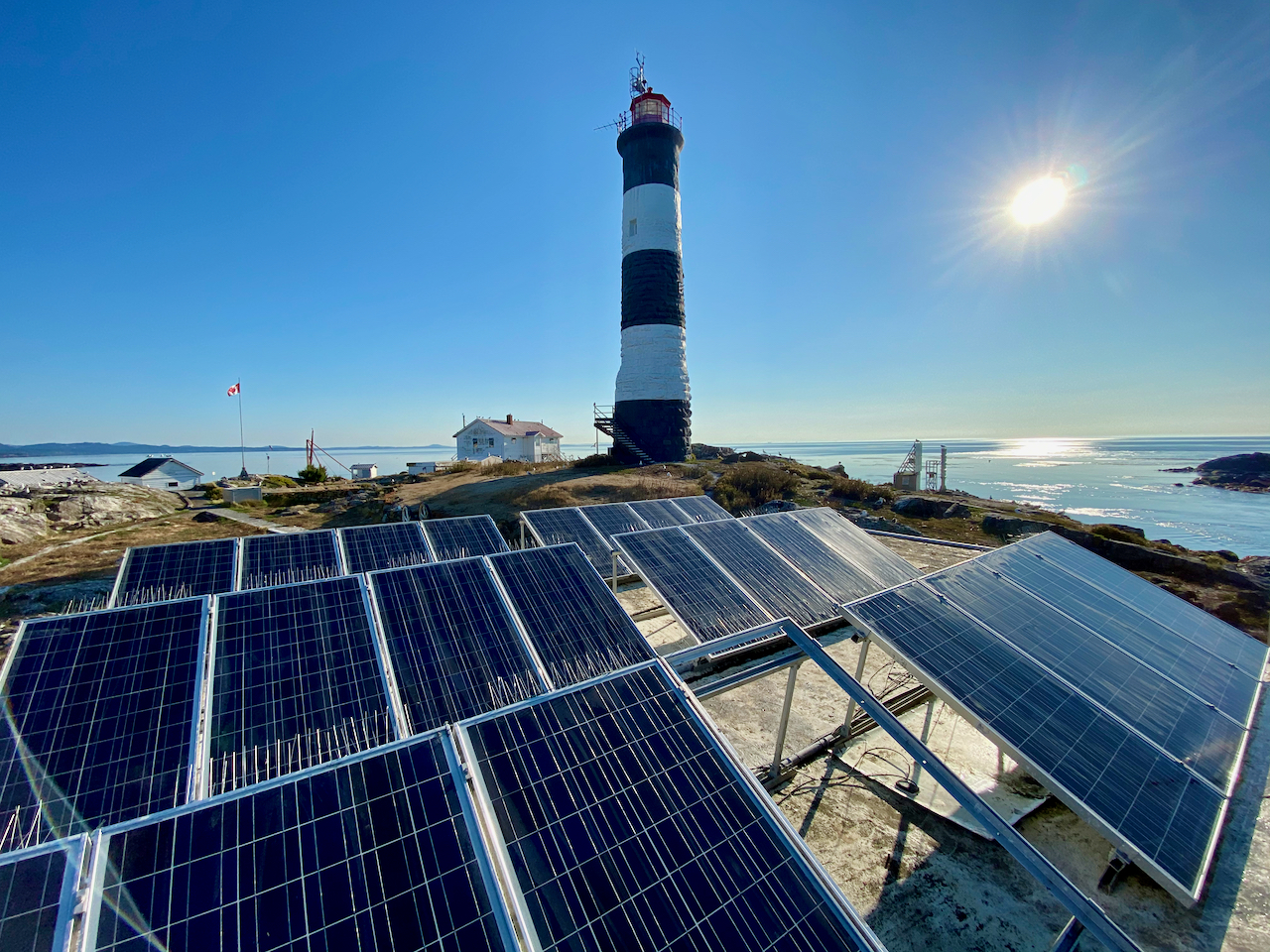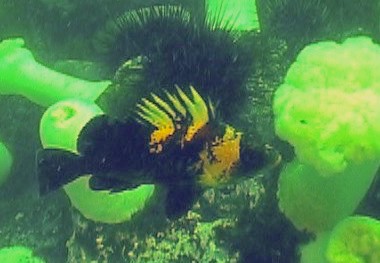
Physical description: The Quillback rockfish is notable for being somewhat dumpier than normal rockfish (with a maximum recorded length of 60cm) with a large, spiny dorsal fin. Quillbacks are lighter coloured around the head and become darker progressing towards the tail. There are normally about two tan stripes running from the dorsal fin down to the belly, and orange spotting on the belly and head. Quillbacks can grow to up to 2 feet, but are not normally found larger than 20 inches.
Global distribution: Quillbacks can be found on the coast from the Gulf of Alaska all the way down to Southern California. However, their location normally ranges from the coast of South Eastern Alaska south to Northern California.
Habitat: These fish are known primarily as solitary, bottom dwellers, and inhabit rocky bottoms and reefs , never straying too far away from a possible hiding spot. Quillbacks can be found at depths between 40 and 250 feet. Generally, the larger the specimen, the deeper the depth that it is likely to be found at.
Feeding: As larvae, they feast mostly upon nauplii invertebrate eggs and copepods. As they grow up and become juveniles they eat mostly crustaceans. When they finally become adults, they become far less picky and feed on crustaceans, small fish (including other rockfish) bivalves and fish eggs.
Predators: As larvae, they are subject to the same predators as any other plankton. As juveniles, they are preyed upon by larger fish (such as rock fish and salmon) as well as marine birds. As adults, larger fish, such as sharks, feed on Quillback Rockfish, and possibly river otters. Rockfish are very popular for sport fishing and are kept alive for export to Asia.
Reproduction: Like all rockfish, Quillbacks are viviparous, and give birth to live offspring. Mating happens in late winter or early spring, and the females give birth between April and July. For the first two months of their lives, larvae are planktonic. Before settling close to shore.
Some Interesting Facts:
-The scientific name for the Quillback Rockfish stems from sabates and maliger, both greek, meaning magnificent and ‘I bear a mast’ respectively (the latter referring to the high dorsal fin notable in the Quillback species.)
-The oldest Quillback Rockfish was a Canadian, with an impressive lifespan of 76 years.
References
Nearshore Finfish Profiles http://www.dfg.ca.gov/mrd/rockfish/quillback.html.2003.
Love, Milton. Probably More Than You Want To Know About The Fishes Of The Pacific Coast. Santa Barbara. Really Big Press.
Andy Lamb and Phil Edgell: “Coastal fishes of the Pacific Northwest”
J.L Hart: “Pacific fishes of Canada”
 The Race Rocks taxonomy is a collaborative venture originally started with the Biology and Environmental Systems students of Lester Pearson College UWC. It now also has contributions added by Faculty, Staff, Volunteers and Observers on the remote control webcams. 2005-Joel Julius PC year 31.
The Race Rocks taxonomy is a collaborative venture originally started with the Biology and Environmental Systems students of Lester Pearson College UWC. It now also has contributions added by Faculty, Staff, Volunteers and Observers on the remote control webcams. 2005-Joel Julius PC year 31.

